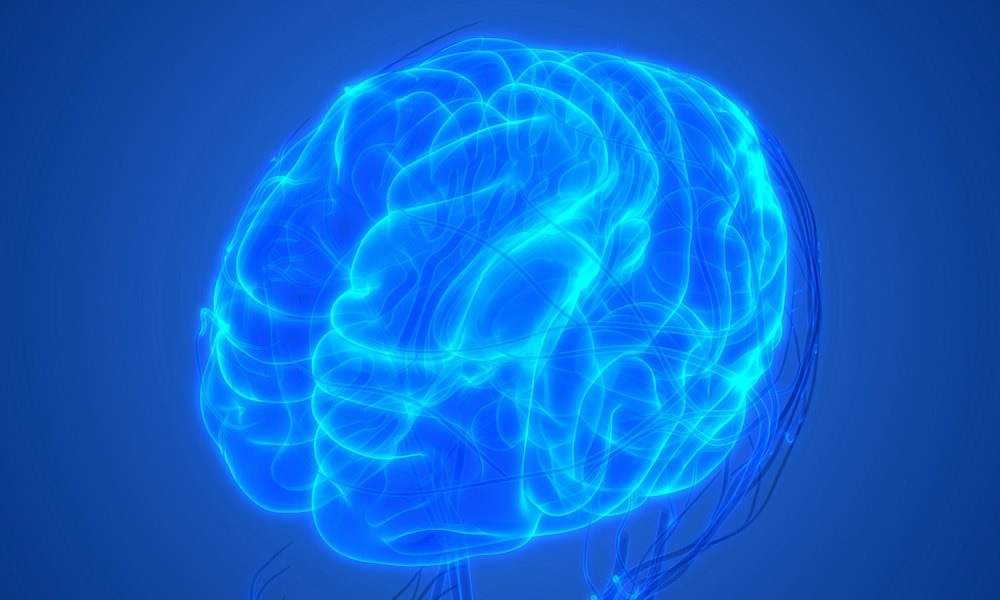The development of medicines for diseases like Alzheimer’s could be significantly influenced by a new artificial intelligence-based technology for detecting fluid flow around blood vessels in the brain.

Changes in the brain’s complex fluid flow system are linked to neurological conditions including Alzheimer’s, small vessel disease, strokes, and traumatic brain injuries. Image Credit: Getty Images
Circulating water-like fluids and waste removal mechanisms are carried out by the perivascular spaces that surround cerebral blood vessels. Although they are challenging to assess in vivo, changes in the fluid flow are connected to neurological conditions such as Alzheimer’s, small vessel disease, strokes, and traumatic brain injuries.
An interdisciplinary group of mechanical engineers, neuroscientists, and computer scientists led by Associate Professor Douglas Kelley of the University of Rochester created innovative AI velocimetry techniques to precisely determine cerebral fluid flow. Research by Proceedings of the National Academy of Sciences presents the findings in detail.
In this study, we combined some measurements from inside the animal models with a novel AI technique that allowed us to effectively measure things that nobody’s ever been able to measure before.
Douglas Kelley, Associate Professor, Department of Mechanical Engineering, University of Rochester
The research builds on years of studies conducted under the direction of Rochester’s Center for Translational Neuromedicine Codirector Maiken Nedergaard, a study co-author. By infusing microscopic particles into the fluid and tracking their position and velocity over time, the team has previously been able to undertake two-dimensional investigations on the fluid flow in perivascular regions.
To fully understand the system’s complexity, researchers needed to make more difficult measurements. Investigating a system this important and fluid is difficult.
To address this issue, the team teamed with Brown University’s George Karniadakis to use artificial intelligence. They used existing 2D data with physics-based neural networks to generate unprecedented high-resolution views of the system.
Kelley added, “This is a way to reveal pressures, forces, and the three-dimensional flow rate with much more accuracy than we can otherwise do. The pressure is important because nobody knows for sure quite what pumping mechanism drives all these flows around the brain yet. This is a new field.”
The researchers received funding from the Collaborative Research in Computational Neuroscience program, the National Institutes of Health Brain Initiative, and the Army Research Office’s Multidisciplinary University Research Initiatives program to execute their research.
Journal Reference
Boster, K. A S. et al. (2023) Artificial intelligence velocimetry reveals in vivo flow rates, pressure gradients, and shear stresses in murine perivascular flows. Proceedings of the National Academy of Sciences. doi:10.1073/pnas.2217744120.